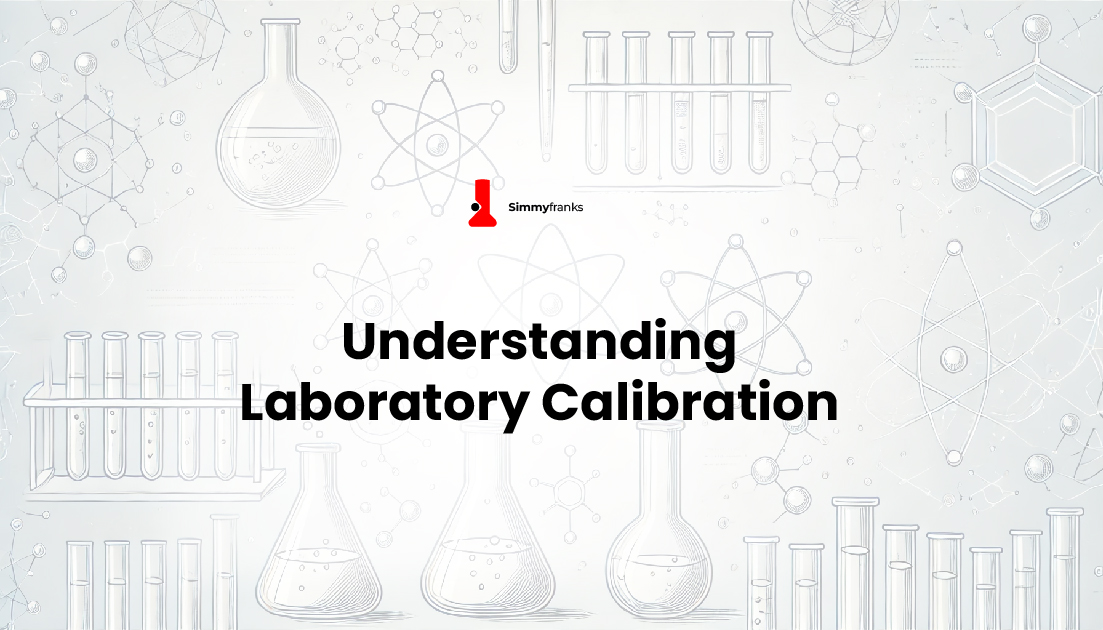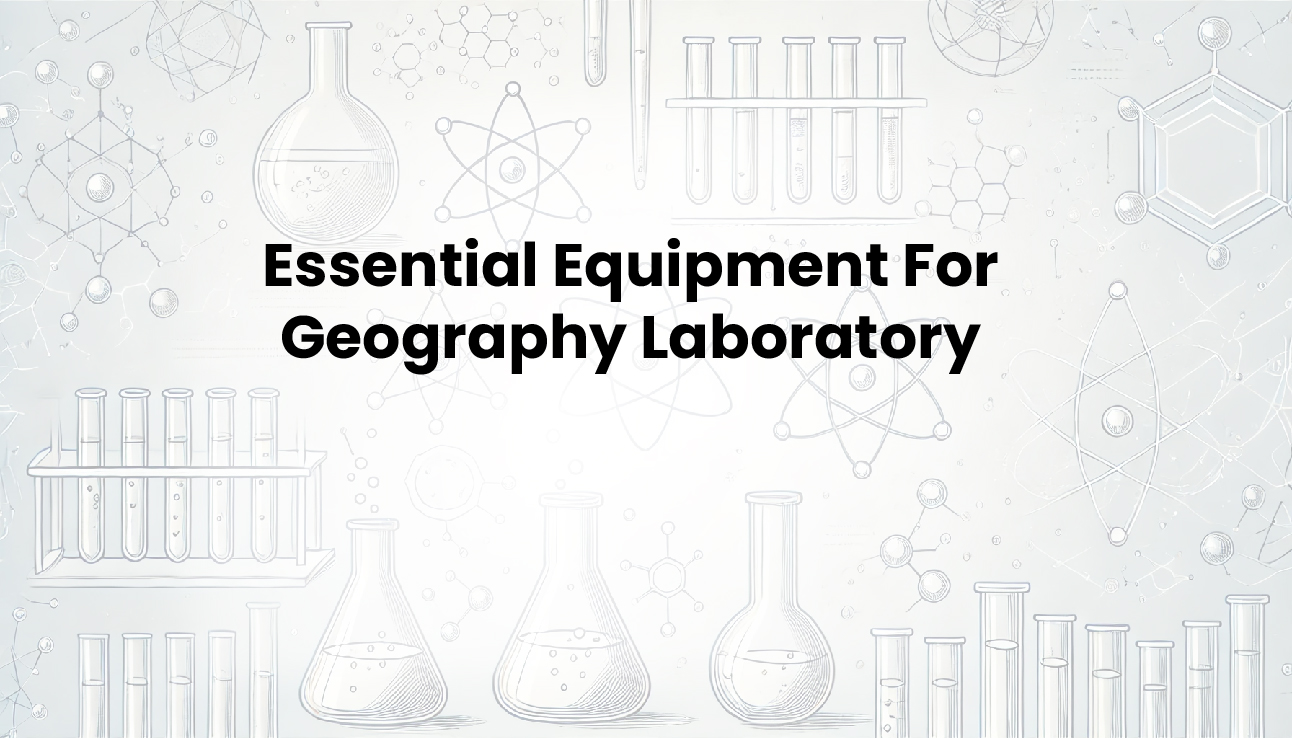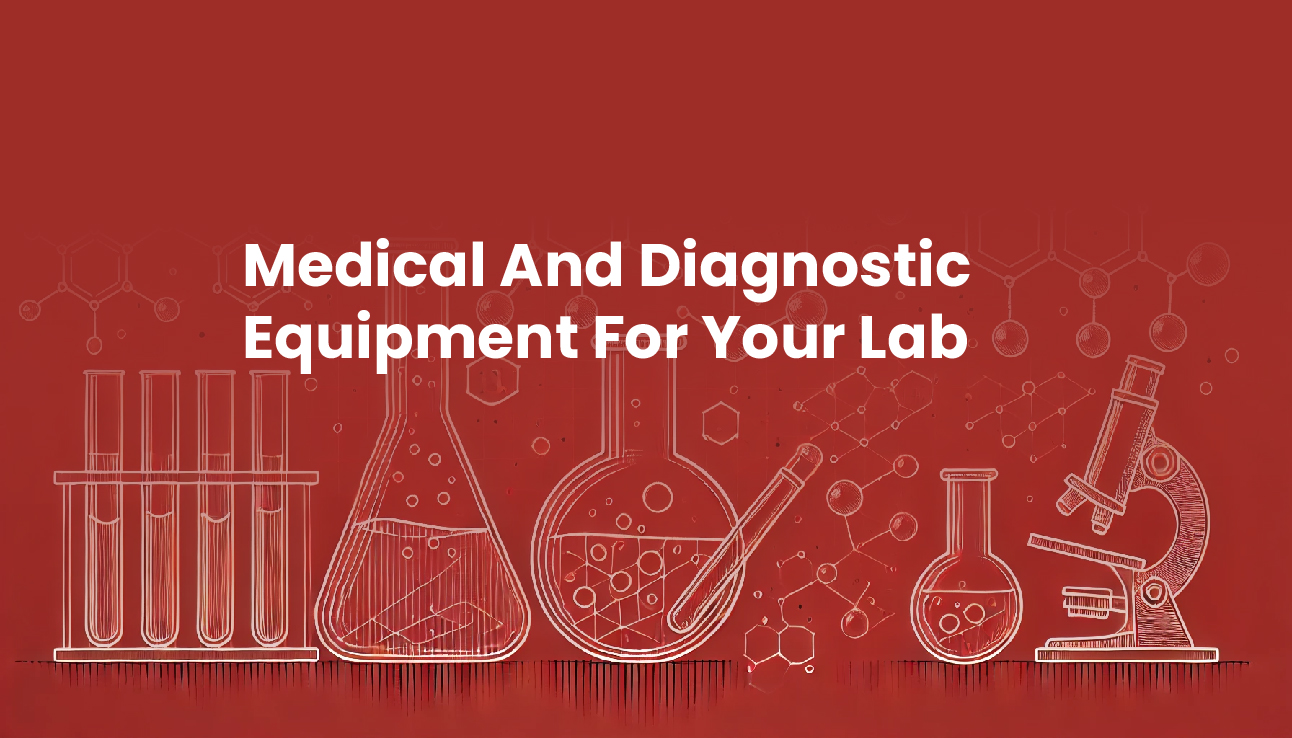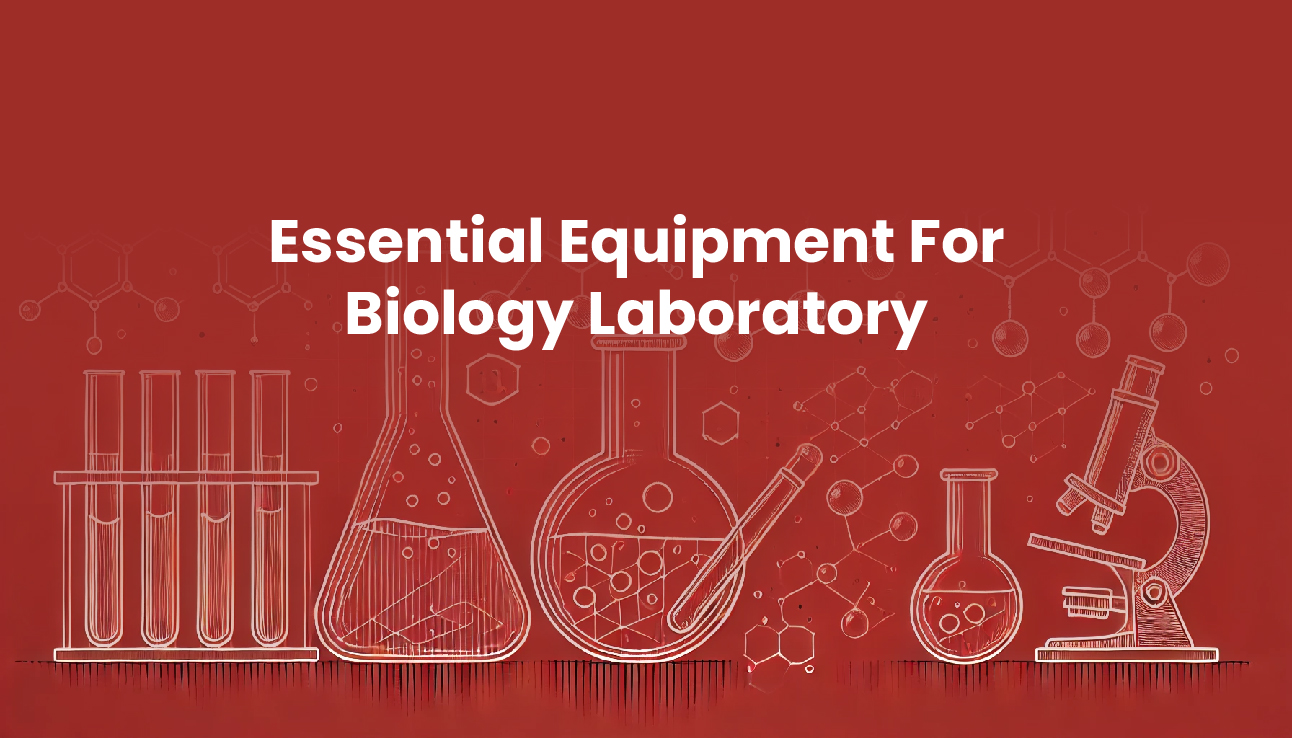Research laboratories are essential for conducting experiments, analyzing data, and making scientific discoveries. To effectively carry out research, scientists and researchers rely on a variety of laboratory equipment to help them collect and analyze data.
In this article, we will be exploring the list of research laboratory equipment and their uses.
Basic Laboratory Equipment
The basic equipment used in research laboratories include:
1. Glassware:
Glassware refers to laboratory equipment made of glass used for various scientific applications such as containers, measuring devices, reaction vessels, storage containers, and laboratory tools. Basic glassware used in the laboratory includes:
- Beakers: A beaker is a cylindrical glass container with a flat bottom and straight sides, used in laboratories for measuring liquids, mixing solutions, heating and cooling, storing materials, transferring liquid, conducting experiments, preparing solutions, and collecting data.
- Test tubes: Test tubes are narrow cylindrical glass containers with round bottoms used in laboratories for biological experiments, chemical reactions, pharmaceutical applications, and environmental testing.
- Graduated cylinders: Graduated cylinders are laboratory containers used for measuring and mixing liquid with precision. They are cylindrical with markings to indicate different volumes. Graduated cylinders are used in the laboratory for measuring liquid, mixing solutions, dilution, titration, and calibration.
2. Pipettes:
A pipette is a laboratory tool used to measure and transfer small volumes of liquids with precision. The pipette has an ergonomic design and is calibrated to indicate different volumes.
Uses of pipette:
- Measuring liquids
- Transferring liquids
- Mixing solutions
- Serial dilutions
- Polymerase Chain Reaction (PCR)
3. Bunsen burner:
A Bunsen burner is a laboratory equipment used to produce a controlled flame for various purposes such as:
- Heating chemicals and solutions
- Sterilizing equipment and materials
- Burning of volatile substances
- Providing a heat source for experiments
4. Balance:
A balance is laboratory equipment used to measure the mass or weight of objects with high precision. They serve purposes such as:
- Measuring chemicals and reagents
- Weighing samples for analysis
- Measuring density and specific gravity
- Quality control and quality assurance
- Research and development
Advanced Laboratory Equipment
1. Microscope:
A microscope is a laboratory instrument used for magnifying and observing small objects, samples, or microorganisms that are invisible to the naked eye.
Uses of a microscope include:
- Biological research
- Medical diagnosis
- Material science
2. Centrifuge:
A centrifuge is a laboratory equipment used to separate particles of substances of different densities or sizes by spinning them at high speed.
Uses of a centrifuge:
- Biological research
- Medical diagnosis
- Pharmaceutical research
- Food processing
- Environmental testing
3. Spectrophotometer:
A spectrophotometer is a laboratory instrument used to measure the interaction between light and matter, typically to determine the concentration of a substance or analyze its molecular structure.
Uses of a spectrophotometer:
- Quantitative analysis
- Qualitative analysis
- Biological research
- Pharmaceutical research
- Environmental testing
- Food analysis
4. Incubator:
An incubator is a laboratory equipment used to provide a controlled environment for growth, cultivation and storage of microorganisms, cells, and tissues.
Uses of an incubator:
- Microbiology research
- Cell culture
- Fermentation
- Storage
Specialized Laboratory Equipment
1. PCR machine:
A PCR (Polymerase Chain Reaction) machine also known as a thermocycler is a laboratory equipment used to amplify specific DNA sequences through a process called polymerase chain reaction.
Uses of PCR machine:
- DNA amplification
- Genetic testing
- Forensic analysis
- Diagnostic testing
2. Fume hood:
A fume hood also known as a fume cupboard or exhaust hood is the laboratory equipment used to:
- Chemical handling
- Biological research
- Pharmaceutical research
- Material science
3. Autoclave:
An Autoclave also known as a steam sterilizer is laboratory equipment used to:
- Sterilize laboratory equipment and instruments.
- The contaminating biohazardous waste and materials.
- Preparing media and solutions for microbiological research.
4. Gel electrophoresis machine:
A gel electrophoresis machine is a laboratory equipment used to:
- Separate and analyze DNA, RNA, and protein molecules based on size and charge.
- Identify and purify specific molecules
- Determine molecular weight and structure
The gel electrophoresis machine is commonly used in molecular biology research, genetic testing, forensic analysis, and protein analysis.
Get Your Laboratory Equipment From SimmyFranks
SimmyFranks is your number-one laboratory supplier in Nigeria. We deal with all kinds of laboratory equipment and supply to every part of the country. Our equipment is obtained from trusted manufacturers as we believe a good, accurate, and reliable result depends solely on the equipment. Contact us or visit our shop
Research Laboratory Equipment List and Uses: FAQ
1. What are the basic equipment needed in a research laboratory?
Some of the basic equipment needed in a research laboratory include microscopes, centrifuges, pipettes, balances, incubators, and spectrophotometers. These tools are essential for conducting experiments, analyzing samples, and measuring various parameters.
2. What is the purpose of a microscope in a research laboratory?
Microscopes are used to magnify and visualize small objects that are not visible to the naked eye. They are commonly used in biology, chemistry, and physics research to study cells, tissues, and microorganisms.
3. Why is a centrifuge important in a research laboratory?
A centrifuge is used to separate components of a mixture based on their density. It is commonly used to separate blood components, isolate DNA, and purify proteins in research laboratories.
4. What is the role of a pipette in a research laboratory?
Pipettes are used to measure and transfer small volumes of liquids accurately. They are essential for preparing samples, diluting solutions, and dispensing reagents in research experiments.
5. How is a balance used in a research laboratory?
Balances are used to measure the mass of objects with high precision. They are essential for weighing chemicals, samples, and reagents in research laboratories.
6. Why are incubators important in a research laboratory?
Incubators are used to provide a controlled environment for growing cells, tissues, and microorganisms. They are essential for maintaining optimal temperature, humidity, and gas levels for cell culture experiments.
7. What is the function of a spectrophotometer in a research laboratory?
A spectrophotometer is used to measure the absorption or emission of light by a sample. It is commonly used in chemistry, biochemistry, and molecular biology research to analyze the concentration of compounds in a solution.
8. How can I ensure that research laboratory equipment is properly maintained?
To ensure that research laboratory equipment is properly maintained, it is important to follow the manufacturer’s instructions for operation and maintenance. Regular calibration, cleaning, and servicing of equipment are essential to ensure accurate and reliable results in research experiments.





